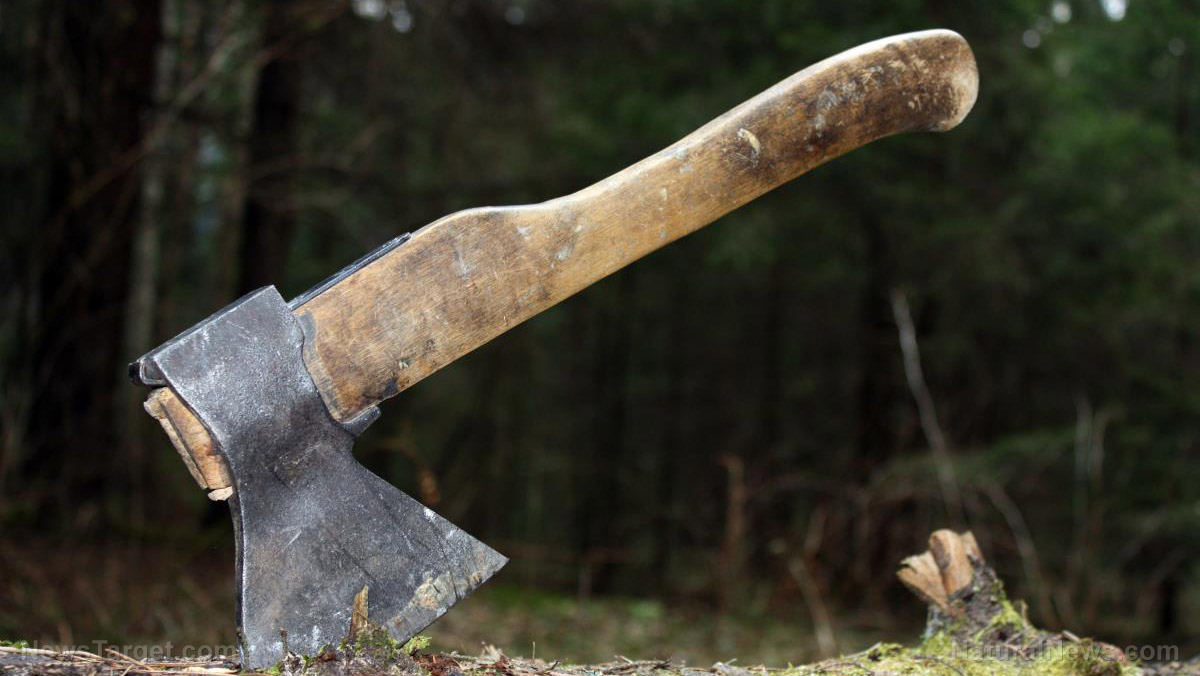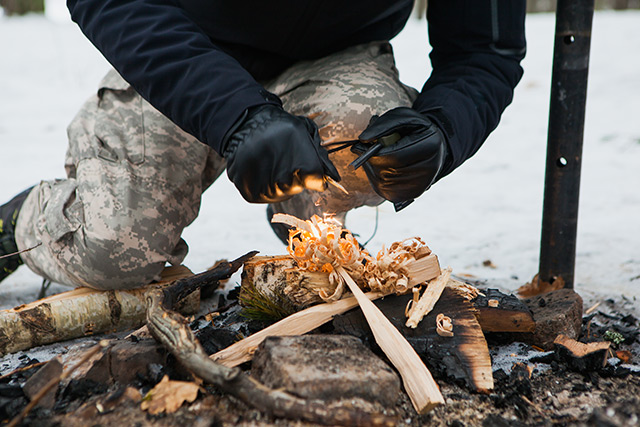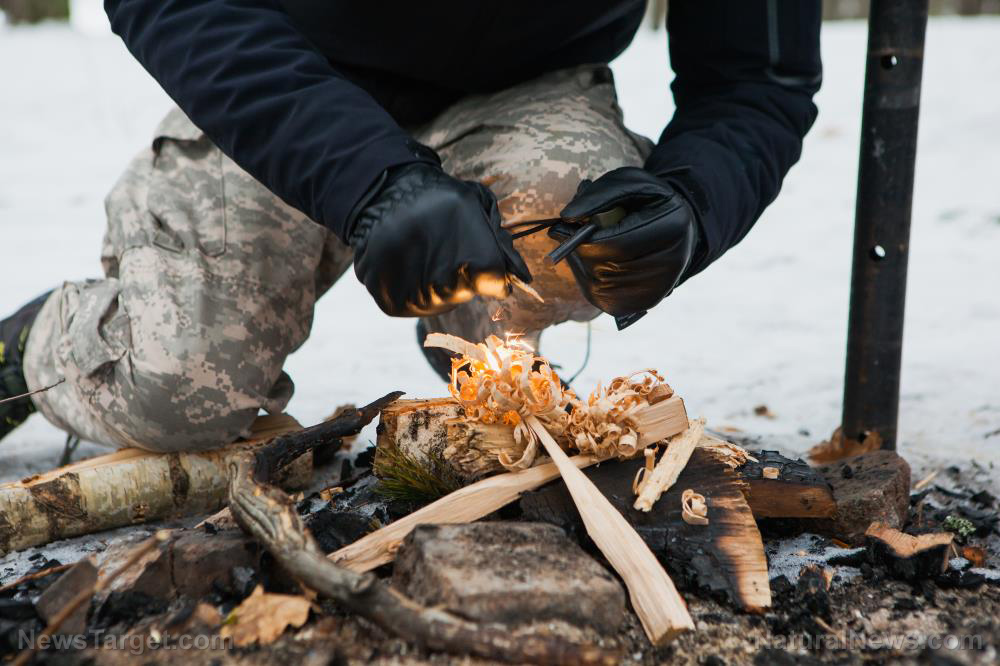What every beginner prepper should do
08/07/2018 / By Zoey Sky

If you need further proof that disasters can indeed happen, just look back on the last couple of years: Contaminated water has affected municipal services in Ohio and West Virginia, freak storms have caused a “superstorm” in the Eastern seaboard, and wildfires have ravaged several states in the U.S.
Instead of thinking that these things will never happen to you, it’s best to start prepping so you can keep your loved ones safe if disaster strikes. (h/t to TheOrganicPrepper.com.)
Eight steps that can help you prep before SHTF
Don’t let other survival websites deter you from making the necessary preparations today. Reading about in-depth prepping methods can be very overwhelming, but start with understanding that prepping is mainly focused on having a self-reliant mindset.
- Fill empty bottles with water — You can use empty two-liter soda and gallon bottles to store water, but clean them properly first. Prepare a gallon of water a day per human (and pet). Two two-liter bottles are at least one gallon. If you prefer to buy containers, you can get five-gallon jugs of water. If you start storing water for your emergency supply every week, you will have enough water for a family of four within a month. Store the water in your basement or emergency stockpile.
- Review your budget — Monitor your shopping and spending habits so you can save money to fund your prepping gear and supply needs. Stick to a budget so you can buy whatever you need to help your family prepare before SHTF.
- Inventory your food supply and start building your stockpile — Once you’ve finished organizing your pantry and your inventory, plan how to stock a week’s supply of food. Start with some filling but nutritious foods like beans, eggs, fresh/canned fruits and vegetables, and rice. Once you’re done prepping for the week’s stock, work towards setting up a year’s supply for the whole family. (Related: Ready to survive? Make sure to avoid these common prepping mistakes and pitfalls – Part I.)
- Have practice drills — Get everyone involved by planning and practicing for various disaster scenarios. Practice by spending one weekend without electricity and access to running water. Write down any challenges that you faced and try to address them so everyone’s ready when SHTF. Some problems you might need to face are food storage, how to stay warm/cool during winter/summer, and how to keep everyone entertained when the power goes out.
- Prep for a power outage — Power outages are a common scenario that’s easier to face if you prep. Get food that doesn’t require cooking and find a cooking method that doesn’t rely on electricity so you’re ready even if the power goes out for more than a couple of days. You can use solar garden stakes for a light source. Think of board games or activities to entertain everyone if and when you lose power.
- Find an alternative way to use the bathroom if you run out of water — If the municipal water supplies are shut down due to a disaster, you may have trouble if your toilet doesn’t flush. One solution to this problem is to turn your toilet into a human “litter box.” Drain the water from the bowl, then line it with some heavy contractor’s garbage bags. Place some kitty litter in the bottom and if someone has to use the bathroom, tell them to put a new scoop of litter on top of their waste. Make sure the bag doesn’t get too heavy to carry so it doesn’t rip. Seal full bags properly, then store them outside until service resumes.
- Prep for an evacuation — To prep for an evacuation, you need to pack a bug-out bag (BOB). If you don’t have a BOB, use a sturdy backpack instead. Organize the items in your BOB, and make a list of last-minute items so you don’t miss anything when SHTF. A BOB must include comfort items for children, extra medication, personal documents, and enough survival supplies so you survive 72-hours away from home.
- Know how to defend your home and family — When SHTF, you need to be prepared to defend your home and your loved ones. Disasters may bring out the worst in people, so learn how to use self-defense weapons. Try to avoid engaging attackers, which is the best way to “win” a fight. Secure your home and lie low, but make preparations so you can fight back if you have to. You can’t always rely on 911 and the police because they might be too busy if there’s widespread civil unrest. Prepare a safe room for vulnerable family members like young children and older adults.
Don’t wait until disaster strikes before you start prepping. Accomplish the tasks that you can do for free first, then start planning. Once you have the resources, put your plans into action.
With proper planning and a self-reliant mindset, you can keep your loved ones safe when SHTF.
Find more tips on how to prepare before SHTF at Preparedness.news.
Sources include:
Tagged Under: bug in, bug out, bugout bag, chaos, Collapse, disaster, Homestead, homesteading, how-to, off grid, panic, preparedness, prepper, prepping, prepping beginners, prepping guide, prepping tips, self-reliance, self-sufficient, SHTF, survival, survival skills, survival tools, survivalist, sustainable living



















